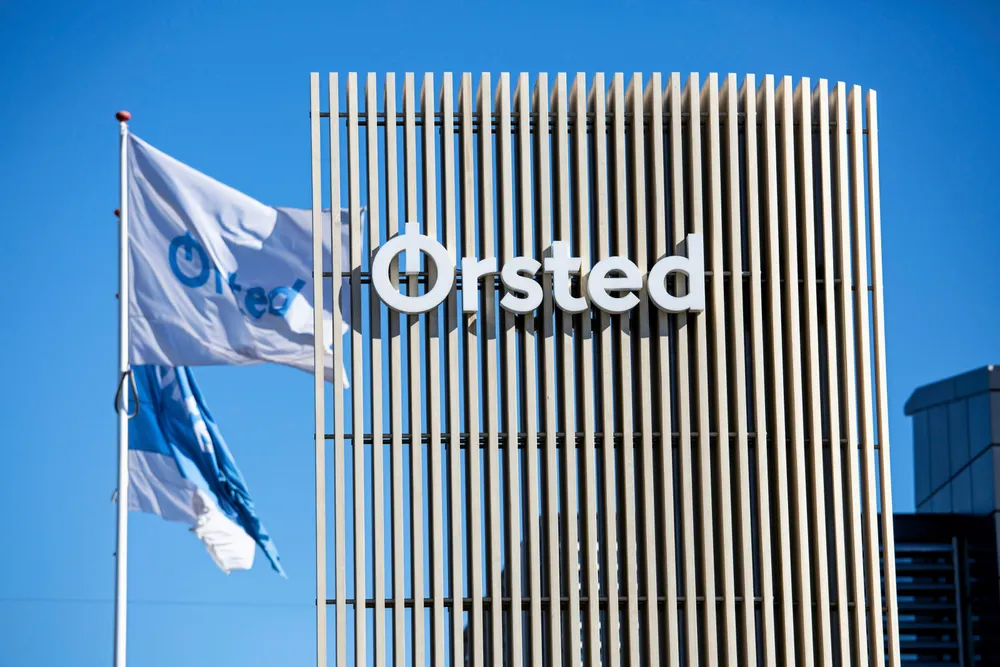Orsted seals $680m tax equity investment deal with JP Morgan
The transaction is among US' largest for renewable technologies that qualify for both the federal investment and production tax credits

Orsted has sealed $680m in tax equity financing from JP Morgan for an 850MW portfolio of US solar and storage assets, among the largest such transactions for both technologies that uses the main federal tax credits available in the 2022 climate law.
The portfolio consists of 300MW Eleven Mile solar centre and related 300MW/1,200MWh battery storage project south of Phoenix, Arizona, and 250MW Sparta solar array in south Texas.
Sparta is part of the 518MW Helena Energy Centre, Orsted’s first co-located solar and wind project in the US.
The solar farms will generate production tax credits (PTCs) over a 10-year period at $27.50/MWh, annually adjusted for inflation, if they satisfy apprenticeship and prevailing wage requirements, and the battery storage system a one-time investment tax credit (ITC) worth 30% of capital investment.
If the projects qualify for stackable 10% PTC bonus adders for meeting certain levels of domestic content and location in so-called energy communities, this could increase their PTC and ITC eligibility to $33.00/MWh and 50% of capital investment, respectively.
There are three categories of energy communities: first, brownfield sites tied to extraction, processing, transport and or storage of coal, and hydrocarbons; second, those based on unemployment rates, and third, census tracts where a coal mine closed after 1999 or a coal-fired power plant was retired after 2009.
Orsted, based in Denmark, said the tax equity investment will help fund completion of both projects with commercial operations targeted to begin later this year.
On 1 January, Orsted ranked 12th in clean power ownership in the US with 4.4GW of capacity in operation, according to American Clean Power Association, a national trade group.
“Orsted is an experienced developer and operator of renewable energy projects in the US, including offshore and onshore wind, solar, and battery storage, all of which generate tax credits valuable to investors,” said James Giamarino, chief commercial officer for the Americas at Orsted.
“With this new market unlocked by the Inflation Reduction Act (IRA),” he added, referring to transferability, “We’re excited to continue our tax equity partnership with JP Moran and bring on new entities looking to advance the US renewable energy industry, support job growth, and promote local economic development.”
The IRA’s transferability feature creates a market-based system whereby renewable energy owners who qualify for tax credits, but are unable to use them, can immediately sell them to an unrelated third-party investor. Until then, buying and selling federal tax credits generated by renewable energy projects was illegal.
The transferability is creating a larger universe of taxpayers to take advantage of the credits. Greater taxpayer involvement will establish a more liquid marketplace where players are able to raise and employ capital at less cost to accelerate the energy transition and its associated supply chain development.
The tax credit sale market was a $4bn to $9bn market last year, estimates Norton Rose Fulbright law firm, which advises buy and sell side clients, remaining strong in the first quarter this year.
This compares to about $20bn in tax equity transactions with about 50% of that market held between JP Morgan and Bank of America.
(Copyright)